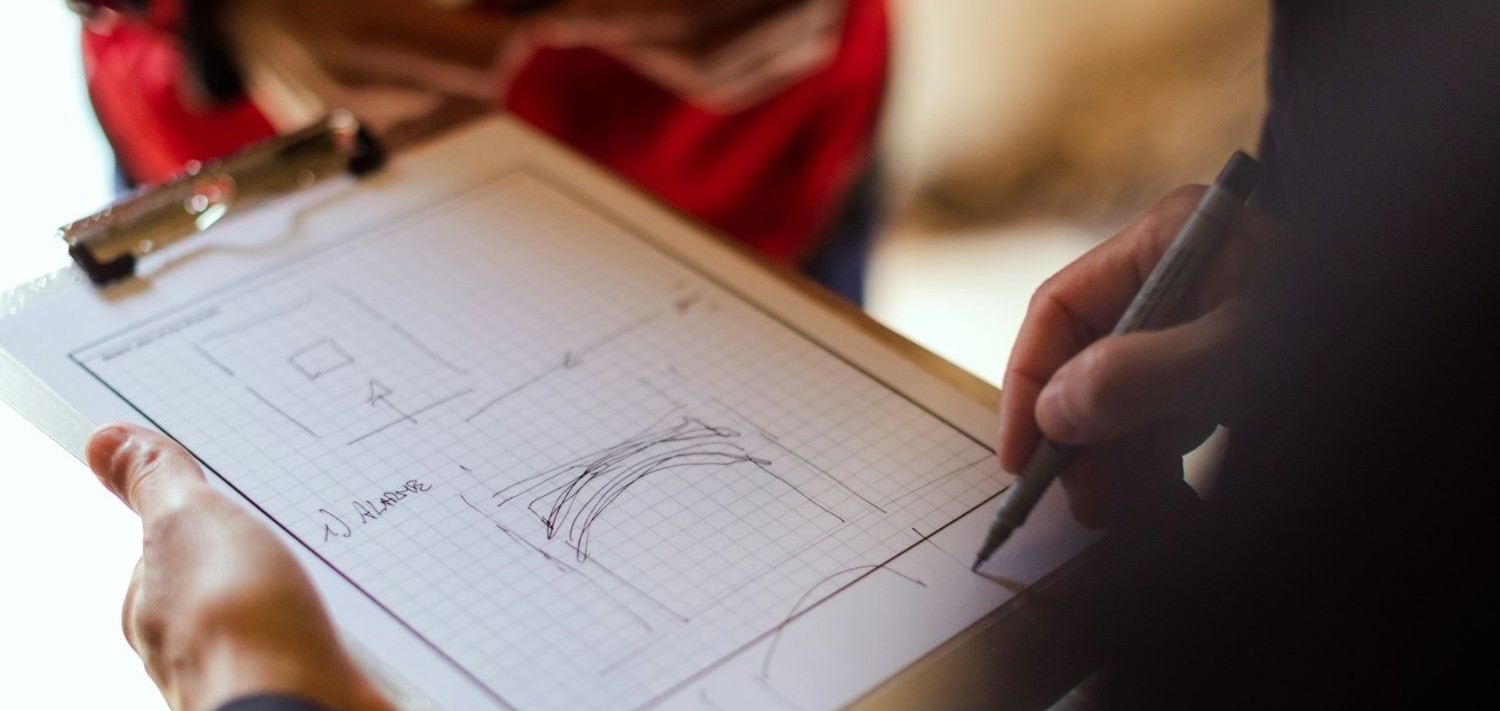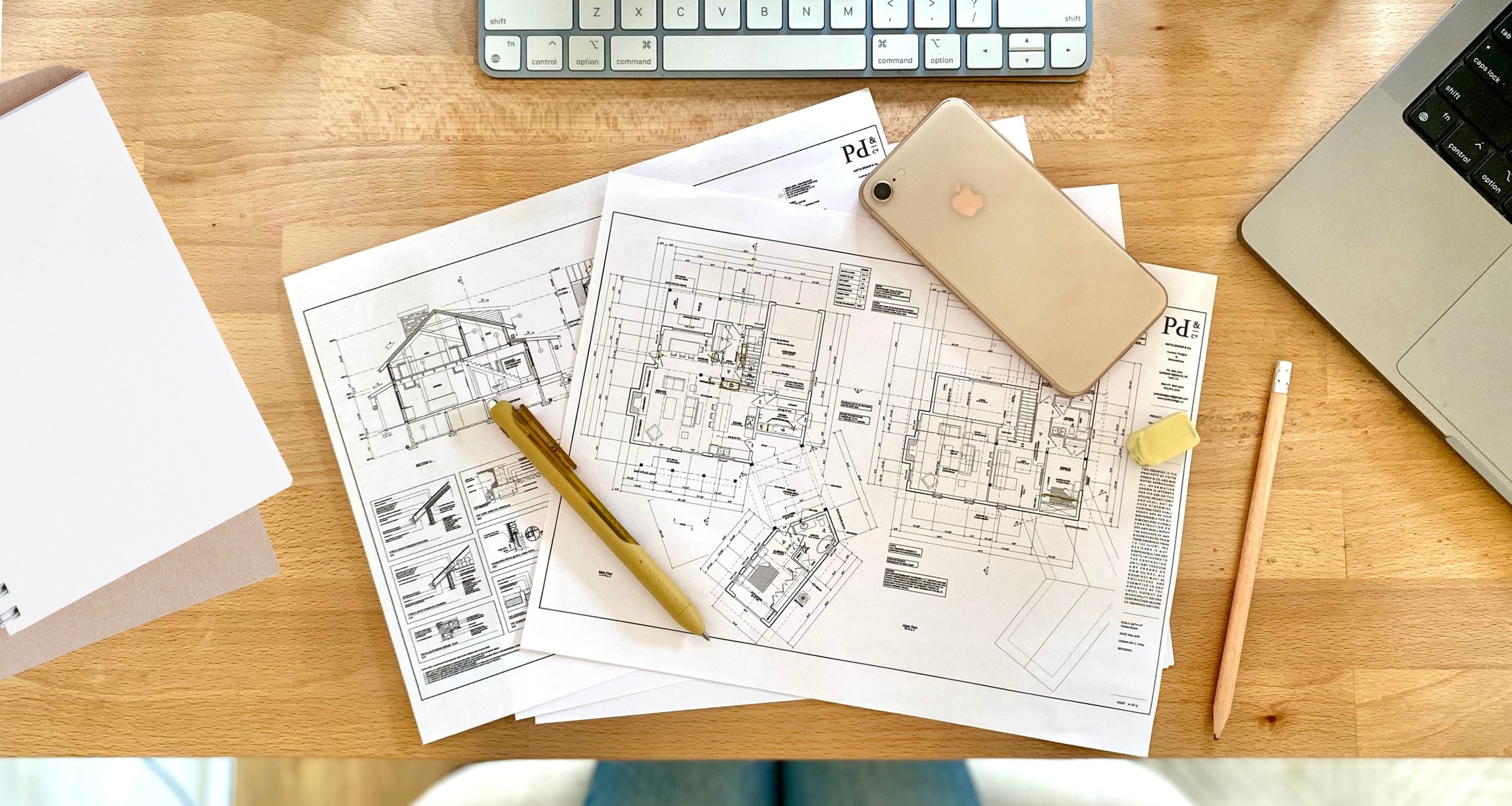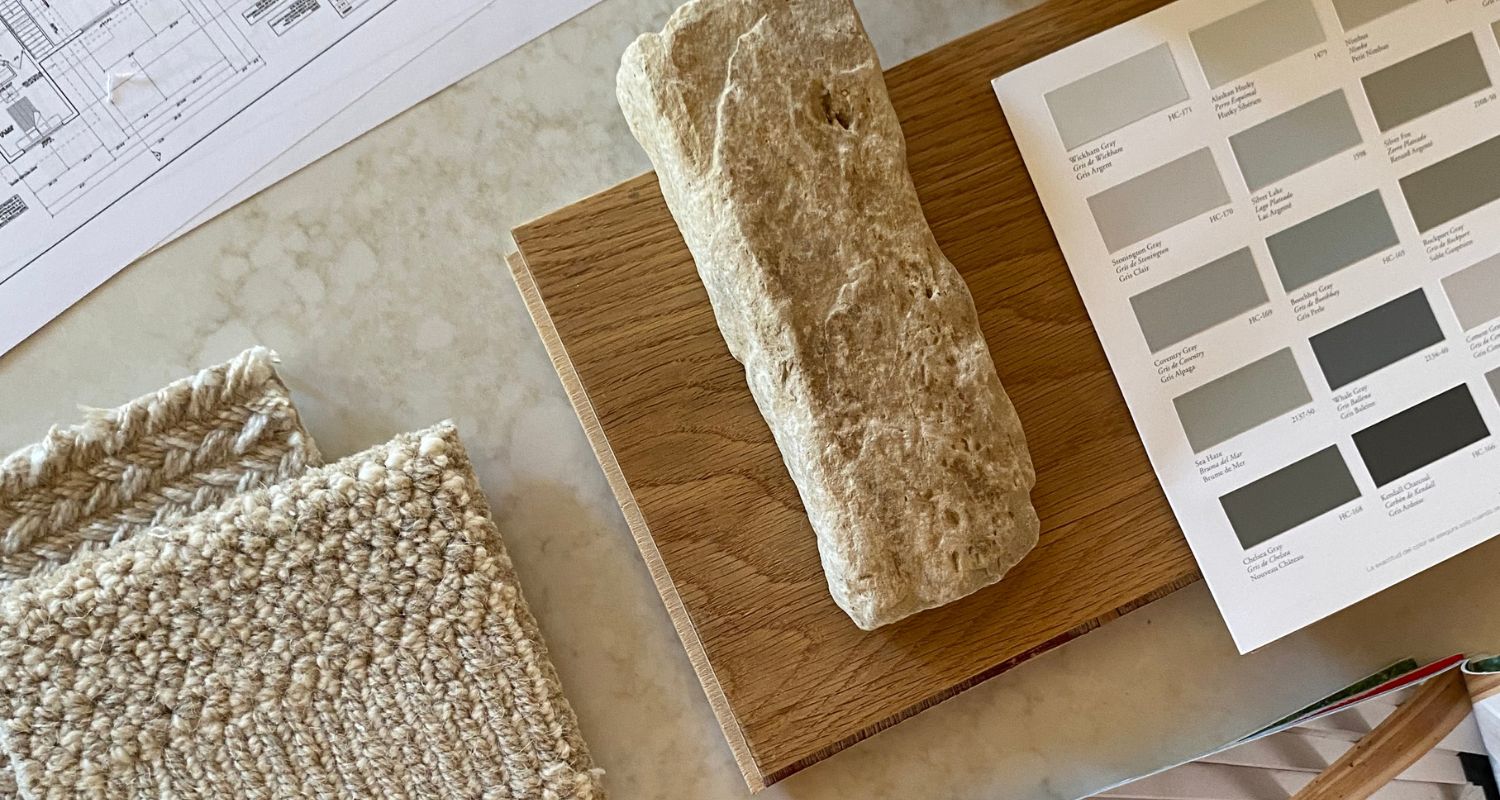There are different kinds of development variances: subdivision servicing alteration or prohibition of structural alteration and addition, but the most common is a variance to your cities bylaws.
Your cities bylaws are minimum and maximum requirements put in place by your city to limit setbacks, property sizes, minimum frontage sizes, building heights, or anything else outlined in your properties zoning. Your city should have a list of variances you are and are not able to apply for.
Don’t get these mixed up with your provincial/state or national building codes. Don’t even attempt to change those (we should - but that’s a whole other discussion).
To make the application, you must show the hardship that the bylaw is giving to your property or project.
In our case we were looking to change our zoning from our current zoning (FR-1) to the same zoning across the street (R-2). Although it was the same subdivision, it had vastly different zones. The smaller properties across the street (⅓ rd of the size or ours) were zoned to allow 2 houses - and we’re not. Our zoning was also not done properly as it didn’t even conform to the maximum property size so we also had them in a mistake that should be rectified.
Some would say that our situation is nonsense - we’re 3 times the size, have the same wells, similar terrain, and no water-way restrictions. It’s a no brainer.
But this is not a sure thing or a quick and easy fix - they never are. Variances are a slow and the specifics are different for every city and property type. Either way, this will give you a general idea of pricing, timeline and requirements that we had to go through for our attempt to change our zoning to allow for 2 homes.
May 2016
Purchased the Property
We purchased the property and, just as I was getting all the documents together for the Variance, I had my first child. Since I am the Professional that deals with these documents on a regular basis, it all falls on me. No pressure right? As expected, nothing happened fast.
October 2016
Applied for a Variance
This included a certificate of title and associated legal documents (proving we own the property), a letter of authorization from the Health Department, a letter detailing the appeal/hardship, application fee of $2000, a rough site plan showing building layout in relation to the well and septic field, and example homes of what we’re planning on building (helps with the process).
You might be thinking that’s a steep price, but it’s different for every city. Here’s the breakdown.
$1000.00 for the application
$1000.00 for an advertising deposit for the local newspaper and public signage on our property alerting the neighborhood.
We were told the advertising is probably not that much and we will most likely receive a refund.
Other items that will be requested at a later date is groundwater protection (water test of our well) and community amendment contribution. Our estimated processing time is 6-8 months.
November 2016
Acceptance & Signage
The City accepted our application (they gave us an acceptance letter specifying that much) so it’s time to get busy. There was a discussion with our Land Consultant and the City that we should not be changing the zoning to the same as the properties across the street, but to an entirely new zone. The zoning title and specifications are being written, reports to the Variance Board are also being written, and notifying the neighbourhood is underway.
Since most associate a large variance sign (approx. 4ft by 8ft) as a request for large development, we did have a few neighbours come over to ask fearfully what we were planning. We explained our request for 2 small homes and they all were very accepting - since they can build 2 homes as well.
Second, as per request from the City, we had to get a notary to draft a covenant specifying that, if approved, we are unable to subdivide or strata subdivide the property.
February 2017
Public Hearing
A public hearing is held for anyone in the neighborhood to attend, ask questions, and say their input on the application. It was canceled due to snow.
March 2017
Rescheduled Public Hearing
Our Land Consultant went on our behalf as it wasn’t necessary for us to attend, but it was local property owners that we hadn’t talked to that had their questions. The worst, which wasn’t bad at all, was one gentleman who was making sure we weren’t planning on building 2 mansions on the property, disrupting the look and feel of the neighborhood. We assured him that none of the homes would be over 2,000 sf.
Still unable to get a water sample due to weather.
April-July 2017
Water Testing
We sent in a water test sample and documents to the Health Department to check to see if our well is able to supply 2 homes. Unfortunately, the supply was placed in incorrect water containers (big thanks to the company that supplied them) making the sample void. We had to make another trip back to the property to get another sample.
And getting this sample was not as easy as turning on the faucet. Since there weren’t any homes, we had get a generator to the property, lower a pump and hose down the small well hole and run the well long enough to get a clean enough sample.
This time the test came back with some elevated parameters (iron, aluminum, hardness, manganese, and sodium) and didn’t include some other parameters required so we had to do another test. And then another. Ok so we don’t have great water, but we’re prepared to do whatever we can to make it great. Then another document - a ‘source to tap’ screening questionnaire. *Sigh*
Two additional Public Hearings were held sometime between dirty water 1 and 9.
September 2017
Next Steps
Once we got approval from the Health Department and sent it off to the City they requested $1000 to the Community Contribution. You might think that was a lot of money, but in the grand scheme of things it’s not. For a total of a few thousand dollars we get our second home and that money gets put towards our local parks. A win, win.
October 2017
Board Meeting for Final Approval
The final meeting before we get the word on our approval / refusal. It’s now been a year since we applied and the stress is too much to bear. This meeting will only be held with the Variance Board and they will review all the documents, neighbouring complaints (if any) and zoning package.
November 2017
Letter of Approval or Refusal
We received a letter of… approval! As agonizing at it was to wait far longer than we expected, that’s all it was - a waiting game. Sure it cost us a few thousand dollars without guarantee, but it was the assurance from Land Consultant that kept us going and we had no doubt she would have done an amazing job in getting us our approval. We couldn’t have done the half-a-dozen or so meetings, drafting and redrafting the zoning documents, and responding to neighbouring questions and answering with the knowledge that she possesses. With her help we were able to re-zone for 2 homes and have great relationships with our neighbours.
This is our story for our variance in our city, but we know that everyone has different stories. Will yours be the same? Maybe, maybe not. That is why we created Homeowner HQ. By sharing our stories, we can better understand the processes, expectations and even a rough idea on cost. Are you thinking of applying for a Variance? These are just one of the conversations we have inside our Home Hub.
Chelsey Morphy
Home Consultant & Designer







